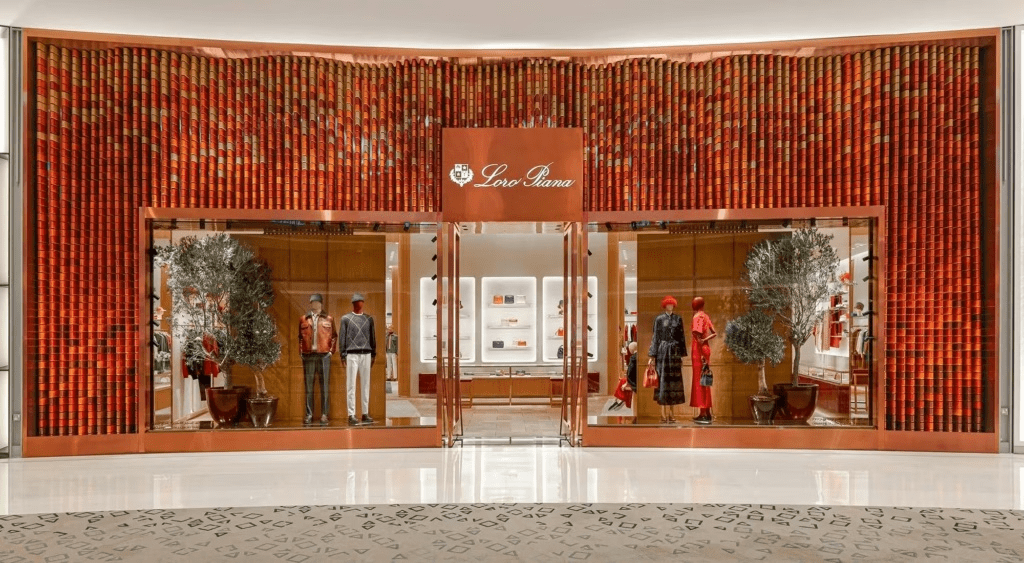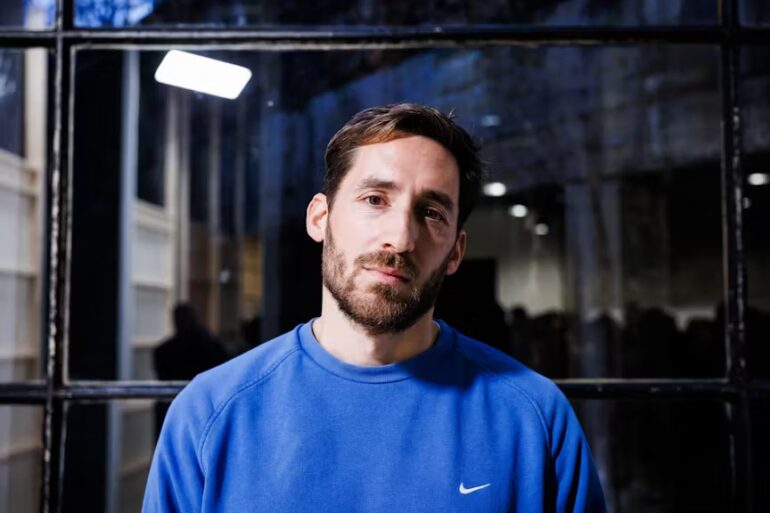What’s missing isn’t awareness. It’s accountability.
The idea of luxury always sells a dream: exclusivity, timelessness, craftsmanship. And when it comes with a “Made in Italy” label, most people imagine skilled artisans in a sunlit workshop, carefully stitching each piece before it gets into the hands of its beloved consumer. But the reality behind one of the most talked-about luxury brands right now tells a very different story.
Loro Piana, a name known for quality soft cashmere and ultra-high prices, has just been placed under court monitoring in Italy. Authorities uncovered disturbing conditions in one of the workshops linked to its supply chain. Ten workers were found sewing luxury coats for just €4 an hour, working up to 90 hours a week for seven days straight and sleeping in illegal dorm rooms inside the factory with no proper hygiene or sanitation.
Related story: Why luxury brands are losing their luster in 2025
Related story: Here are 2025’s hottest luxury brands, according to the internet
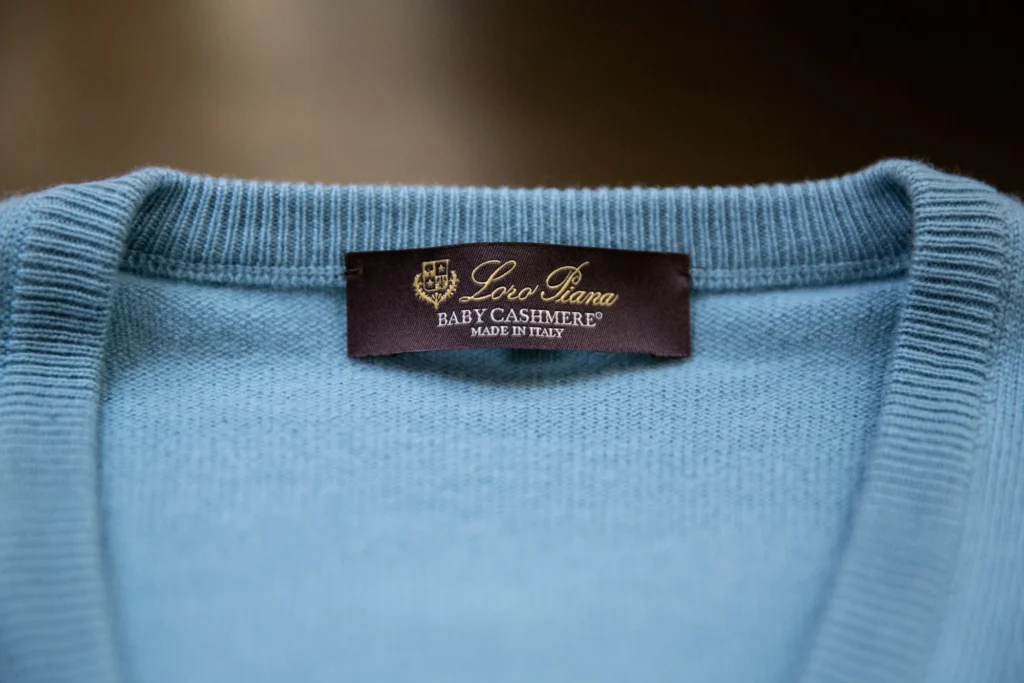
This sparked after one worker told police that after he demanded €10,000 in unpaid wages, the factory owner physically assaulted him and broke his hand. His injuries required 45 days of medical treatment. The workshop owner, a Chinese national, was arrested in May this year. The facility was shut down by police shortly after.
And these weren’t just any garments. Authorities found some were Loro Piana-branded jackets that retail for around €3,000 to €5,000.
It’s the fifth time in just over a year that a major fashion house in Italy has been dragged into this kind of labor scandal. Loro Piana joins brands like Dior, Valentino, Armani, and Italian handbag company Alviero Martini, on the growing list. And each time, the brand would just say the same thing: They trusted the supplier. They’re shocked. And they’ll be more thorough.
But at a certain point, it stops sounding like a surprise and starts looking like a pattern.
How the system is built
Let’s unpack this. Because at some point, this is alarmingly consistent.
Big fashion houses don’t usually deal directly with the workshops making their clothes. In the case of Loro Piana, they contract suppliers, who often pass the work along to smaller subcontractors who act like middlemen. Eventually, the work lands in small, often unregulated workshops, many of them run by operators under tight budgets and looser rules. The more layers, the more distance. And the cheaper the labor becomes.
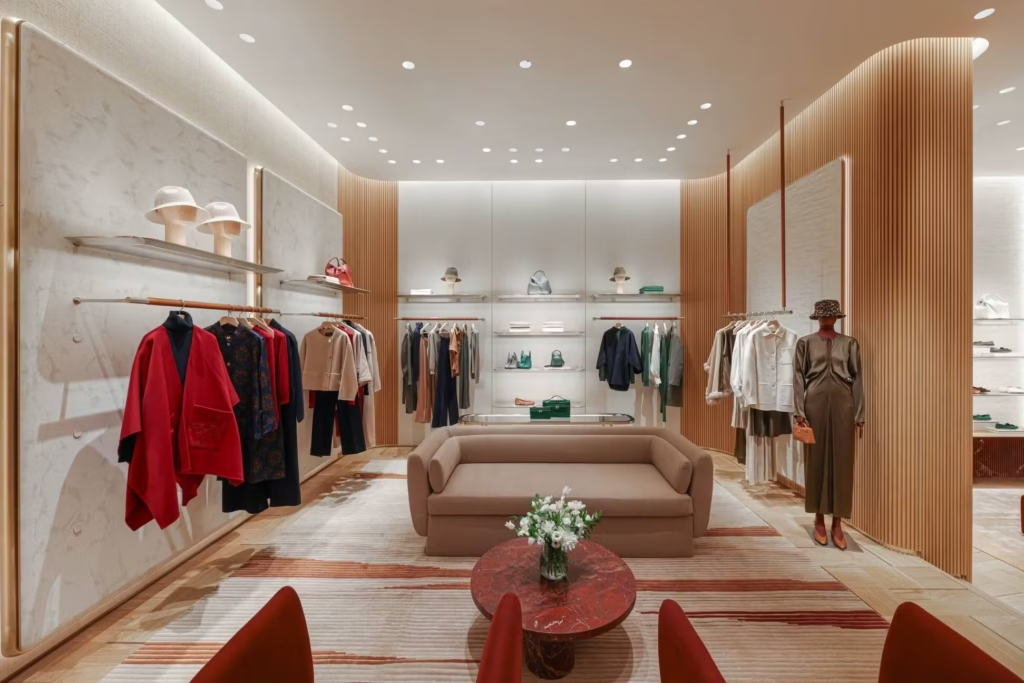
In the Loro Piana case, production was funneled through two front companies that, according to court findings, had no manufacturing capacity of their own. The work ended up in a Chinese-owned workshop in the northwestern suburbs of Milan. Investigators found workers there—some undocumented—working excessive hours and living in hidden, unsafe spaces inside the building.
In a statement to Fox Business, Loro Piana said it only learned about the unauthorized subcontracting on May 20, and claimed it cut ties with the supplier “in less than 24 hours.” The brand insisted it had not been informed, calling the arrangement a breach of legal and contractual obligations. “Loro Piana firmly condemns any illegal practices,” the company said, adding that it would continue strengthening oversight and audits across its supply chain. Still, the fact that this went unnoticed until police intervened raises questions about how effective those systems really are.
According to Forbes, one subcontractor revealed they had been producing 6,000 to 7,000 jackets a year for the brand charging just €118 to €128 per piece, while those same jackets sell for over $4,000 in stores.
The stories behind the seams
This isn’t just a bad oversight. It’s how the whole system is structured and how it relies on labor that’s kept out of sight and often out of reach of legal protection. Many are undocumented migrants from Pakistan, Bangladesh, or China. They arrive with no legal papers and no power to push back. Some get paid under the table, some work without contracts at all. Others live where they work.
In a 2024 report by Reuters, Abbas, a 32-year-old from Pakistan, said he worked in a leather workshop near Florence for years. He used to be a welder, but in Italy, he dyed leather for luxury brands. He stood for 14 hours a day and made just €600 to €700 a month, plus another €400 to €500 in cash for extra hours. The work left him in pain. “My legs hurt so much, I couldn’t sleep at night. I couldn’t go to the toilet anymore, or sit down,” he said.
Another worker, Arslan, also from Pakistan, said he worked without papers at a factory in Tuscany called Z Production (Arslan used to apply metal Montblanc logos to leather accessories.) He worked more than 12 hours a day, six days a week. “…you don’t even have time to do the shopping, you don’t have time to wash your clothes.” He only got a proper work contract in 2022, with help from a labor union.
These are just some of the workers behind the bags, shoes, and jackets sold in luxury shops around the world. They never see the stores or the customers. And most of the time, the brands don’t see them either.
Related story: Hermès surpasses LVMH as world’s most valuable luxury company
Related story: If you’re rebuilding and upgrading your wardrobe, this store is your new go-to
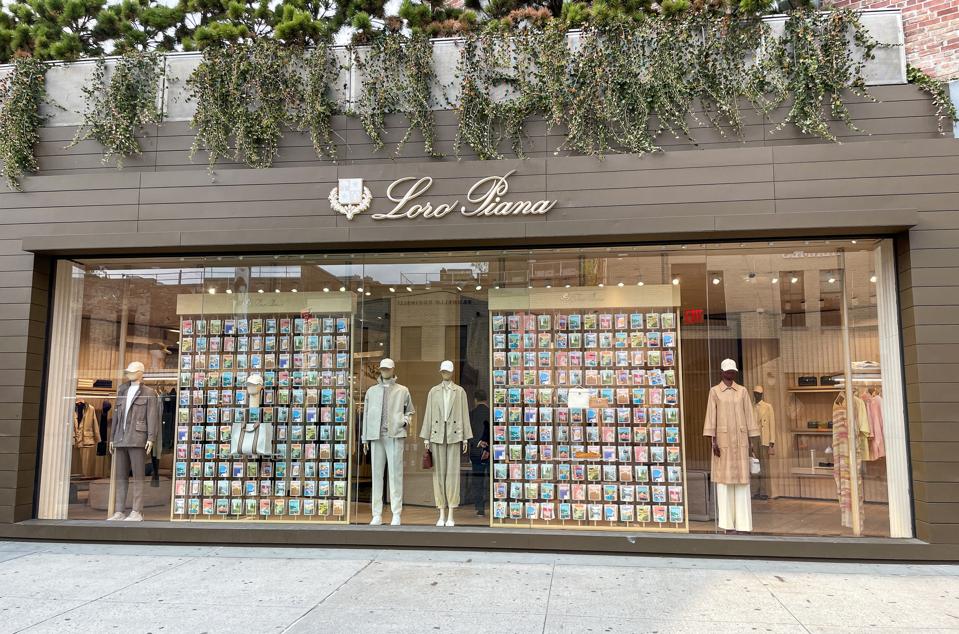
The “cheap” reality
None of this would be possible if workers were earning fair wages and working under decent conditions. So when luxury brands claim that they are not fully aware of the conditions of how their products are made, but continue to pay rock-bottom rates for production, it’s hard to believe the excuses.
And while the luxury industry loves to talk about “traceability” and “audits,” the truth is many of these checks are either too shallow or too easy to work around. With so many subcontractors involved, it’s nearly impossible to trace every product back to the person who sewed it. Sadly, that’s not an accident, the confusion seems to be part of the system.
Why the cycle keeps repeating
Every time one of these stories breaks, brands release statements promising reform. Some sign agreements. Some launch new oversight programs. But within months, the same thing happens again.
In May 2025, Italian fashion brands signed an accord pledging to fight worker exploitation. But just two months later, the court found that Loro Piana’s supply chain was still operating under the same subcontracting structure despite widespread media attention and legal pressure.
What’s missing isn’t awareness. It’s accountability.
One expert says it points to a much deeper problem. Alessandro Balossini Volpe, a visiting professor of international marketing at Università Cattolica in Milan, told Forbes that these cases are likely just the beginning. “I am also convinced that more than a few players, including some big names, have been chasing profits at all costs, sometimes turning their eyes away from disreputable situations that they could have fixed or changed,” he said.
Volpe warned that the five brands implicated so far aren’t outliers, but symptoms of a wider, systemic failure in the fashion industry. “All of the luxury fashion brands could fall under suspicion of collectively engaging in unethical and unsustainable business practices,” he said. “It would mean questioning not only the tangible, intrinsic value of the products, but also their intangible value that includes their credibility and integrity.”
Related story: ‘Sandal scandal’: Prada’s new footwear design fuels backlash, nationalist pride in India
Related story: Another fashion controversy: Major brands linked to alleged child labor in cotton farms
Related story: Behind the icon: 5 fascinating facts about the original Hermès Birkin bag
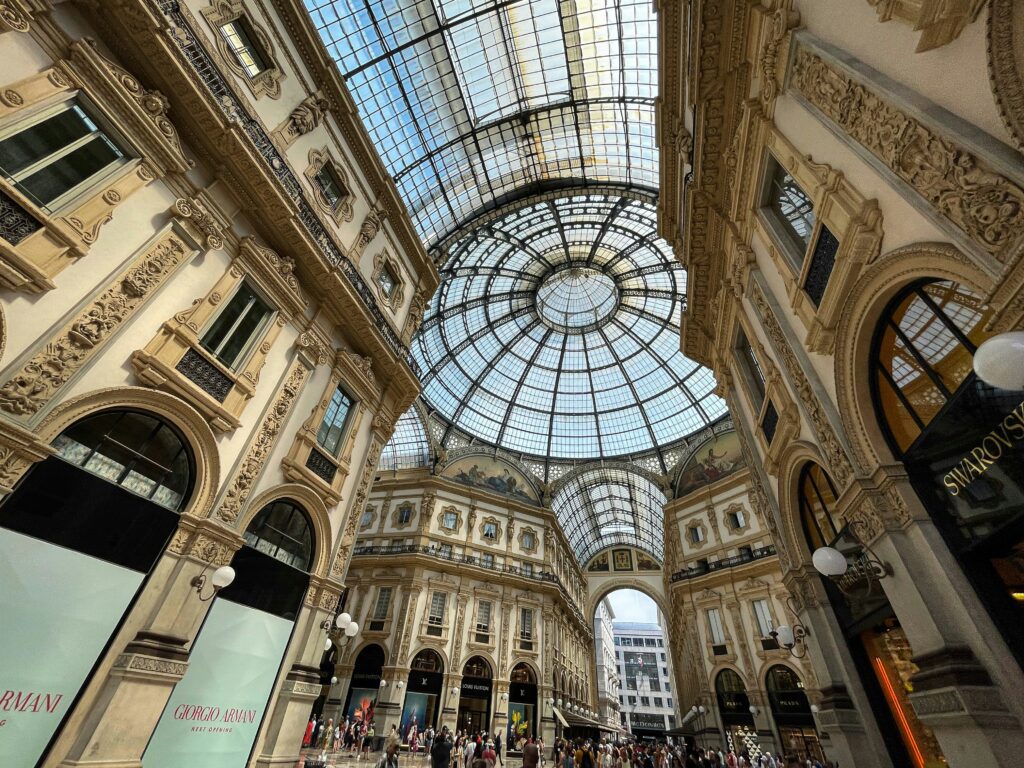
What “Made in Italy” should mean
For a long time, “Made in Italy” was treated like a guarantee. It stood for quality, yes, but also for integrity. That idea now feels a bit shaky.
If a coat is made in Italy, but sewn by an undocumented worker in a hidden factory under inhumane conditions, what does the label really mean? Who does it serve? And how long can we keep pretending it stands for something noble?
There’s a cost behind every luxury garment that goes beyond the price tag. And until brands stop hiding behind layers of contracts and start owning the real impact of their supply chains, that cost will keep falling on the people least able to bear it.

